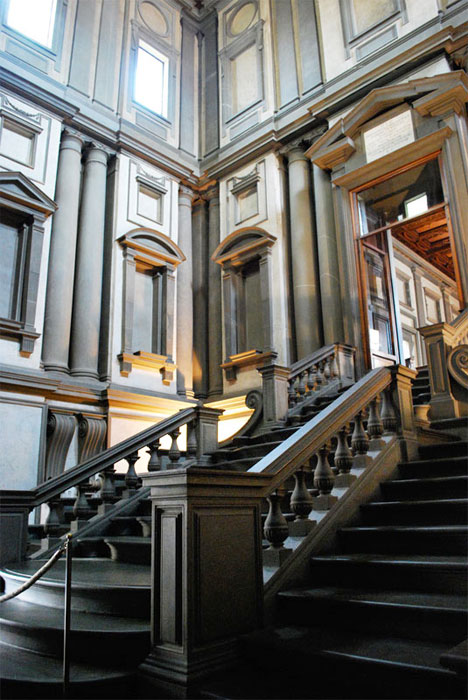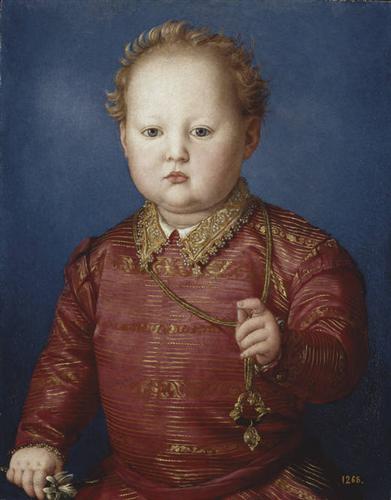The Städel Museum is presenting the large-scale exhibition “Maniera. Pontormo, Bronzino and Medici Florence”. With the aid of some 120 prominent loans, the exhibition will acquaint the German public with a key chapter in the history of Italian art – Florentine Mannerism – in all its diversity for the first time.
Works by Jacopo Pontormo, Agnolo Bronzino, Andrea del Sarto, Rosso Fiorentino, Giorgio Vasari and others will be on view. Altogether fifty paintings as well as eighty-one drawings, sculptures and works in other media will offer an experience hitherto possible only in Florence – a broad survey of a stylistically formative epoch characterized by the art historiographer Giorgio Vasari with the colourful term “maniera”. Devoted to Florence as the first centre of European Mannerism, the large-scale special exhibition will cover the period from the return of the Medici to that city in 1512 and the early artistic forays by the new generation around Pontormo and Rosso to the 1568 publication of the second edition of Giorgio Vasari’s Lives, a work still influential today.
One of the most exquisite works in the Städel holdings –
Bronzino’s famous Portrait of a Lady in Red (Francesca Salviati?) (ca. 1533) – formed the point of departure. The project is being carried out with special support from the museums of Florence, above all the Uffizi, the Galleria dell’Accademia and the Galleria Palatina, which are all contributing exceptional selections of works. Further key loans will come from such prominent institutions as the Metropolitan Museum of Art in New York, the J. Paul Getty Museum in Los Angeles, the National Gallery of Art in Washington, the Paris Louvre, the Prado and the Museo Thyssen-Bornemisza in Madrid, the Staatsgalerie Stuttgart, the Szépművészeti Múzeum in Budapest and the Brera in Milan.
Owing in great part to Leonardo, Michelangelo and Raphael, the High Renaissance of the early sixteenth century is generally considered a zenith in the development of art in Italy. In altogether eight chapters with differing temporal and thematic emphases, the Städel Museum exhibition will now impressively demonstrate that a number of especially outstanding artistic accomplishments can be attributed to the following two generations of artists.
“The art of Mannerism in Florence has many facets: it is elegant, cultivated and artificial, but also capricious, extravagant and sometimes even bizarre. Sophisticated elegance and creative eccentricity characterize the painting of the ‘maniera’ as one of the most fascinating phenomena in Italian art”, notes Bastian Eclercy, the show’s curator.
A Tour of the Exhibition
“Maniera” will spread out over both floors of the exhibition annex. To start with, it will focus on the most prominent exponents of a young generation of Florentine painters, Pontormo and Rosso. With the aid of variations on the Florentine pictorial theme of the “Madonna and Child with the Infant St John”, this section will show how Pontormo and Rosso emancipated themselves increasingly from the artistic ideals of the High Renaissance – here represented by Raphael –, deliberately playing with the stylistic rules then in effect.
With his Portrait of a Goldsmith (ca. 1518, Musée du Louvre, Paris), Pontormo also commended himself as an innovative portraitist of his time. What is more, his drawings of this phase are distinguished by a virtually unsurpassable dynamic, as is evident, for example, in his
Three Studies of a Male Nude (ca. 1517, Musée des Beaux-Arts, Lille).
Between 1519 and 1525, for example in the
Holy Family with the Infant St John
Rosso found his way to expressive new means of artistic expression, as will be evident in the following section of the show.
His fellow artist Pontormo developed his own very distinctive artistic fingerprint during this phase, strongly inspired by his study of art from north of the Alps, and translated prints by Albrecht Dürer and Lucas van Leyden into a blend of Florentine and German styles. His famous
Adoration of the Magi (ca. 1519–23, Galleria Palatina, Florence), which has never been outside Florence until now, is a case in point.
As the next section of the show will illustrate, the history of the Florentine art of those years – and that of the town itself – bear a close relationship to the events unfolding in the papal metropolis of Rome. Under the Medici Pope Clement VII, a number of young talents converged in that town, among them Rosso Fiorentino, Parmigianino, Polidoro da Caravaggio and Perino del Vaga. The pillage of the city by the mercenary troops of Charles V (Sacco di Roma) would bring this productive constellation to an end in 1527. Rosso had arrived in Rome in 1524 and initially produced frescoes and panel paintings. Soon, however, he shifted his artistic focus to printmaking, for example the Gods in Niches (1526) on view here, a series belonging to the Städel Museum’s Department of Prints and Drawings.
The plundering of Rome also had consequences for Florence. The faction of the Medici’s opponents drove the family out of town and proclaimed the Republic. In the autumn of 1529, however, imperial troops laid siege to the city, ultimately forcing the Republic of Florence to surrender in 1530. This phase of political and societal upheaval was one of the most creative and productive periods in Florentine painting, as is evident in major works such as
Andrea del Sarto’s Sacrifice of Isaac (ca. 1529/30, Museo del Prado, Madrid)

or Bronzino’s St Sebastian (ca. 1528/29, Museo Thyssen-Bornemisza, Madrid).
The historic events taking place in Florence in those years are also mirrored in the four differing versions of the Martyrdom of the Ten Thousand (ca. 1522–30) by Pontormo, Bronzino and Perino del Vaga brought together in a single venue for the first time ever by this exhibition.
Next the show will take a look at Bronzino’s rise to become Florence’s leading portrait painter under its first duke, Alessandro de’ Medici. Here the highlight will be Bronzino’s brilliant Portrait of a Lady in Red (Francesca Salviati?) (ca. 1533) (above) from the Städel collection, a key work of Florentine portrait painting. As a monumental, prestigious likeness of a lady it embodies a new portrait type whose emergence this exhibition reconstructs for the first time, assembling a number of closely related likenesses of women around the Portrait of a Lady in Red.
The prelude to the second floor of the show will be devoted to the so-called “paragone” – the rivalry for pride of place between the media of painting and sculpture that was a topic of lively discussion in the Florentine art scene of the 1540s. Pontormo carried out his monumental painting of
Venus and Cupid (ca. 1533, Galleria dell’Accademia, Florence), likewise on display here for the first time outside of Florence, after a design by Michelangelo.
By lending the bodies a sculptural quality, he was virtually offering his own artistic argument to the paragone debate. Yet the architecture of Florentine Mannerism likewise competes with sculpture:
the stairs of Michelangelo’s Staircase of the Biblioteca Laurenziana (1524–1529) take on sculptural forms. A monumental model of the entire staircase on a scale of 1:3 conveys an impression of the playful elegance of this architectural feat.
Bronzino’s appointment as court painter to the new Duke Cosimo I de’ Medici in 1539 will be the theme of the second room in this part of the show. The artist painted the likenesses of the duke, his consort Eleonora di Toledo and their children, thus creating an entire portrait series. In the process, he shaped the genre of the courtly child’s portrait to a decisive degree, as exemplified by the
Portrait of Garzia de’ Medici (ca. 1550, Museo del Prado, Madrid).
At the same time, with his frescoes decorating Eleonora’s private chapel in the Palazzo Vecchio as well as his religious panel paintings, he set new standards for the art of the Florentine court. In 1546, Cosimo I founded a tapestry manufactory and commissioned Bronzino to design monumental pictorial tapestries celebrating his ducal sovereignty in complex allegories. The exhibition will feature the first of these works, the so-called Dovizia (1545, Galleria del Costume, Florence), along with several preparatory drawings.
Finally, the show will shine a spotlight on Giorgio Vasari. Known primarily as an art writer and architect, he will here be introduced as an important painter and draughtsman. From 1555/56 onward, in his capacity as court painter Vasari carried out a great number of fresco decorations in the Palazzo Vecchio, having first designed them in detailed drawings. He also executed a number of his most impressive panel paintings in this phase, for example the

Toilet of Venus (ca. 1558, Staatsgalerie Stuttgart).
His magnum opus as a writer is the second edition of his Lives of the Artists published in 1568, the first comprehensive history of Italian art from Giotto to Vasari himself. In addition to the biographies of various Florentine Mannerists, the Lives of the Artists also contain the earliest theoretical reflections on the art of the “maniera”.
The concluding section of the exhibition will moreover present Pontormo’s diary from the Biblioteca Nazionale Centrale in Florence. As one of the earliest extant artists’ diaries, it provides authentic insight into the Florentine master’s working process and everyday life.
More images from the exhibition:

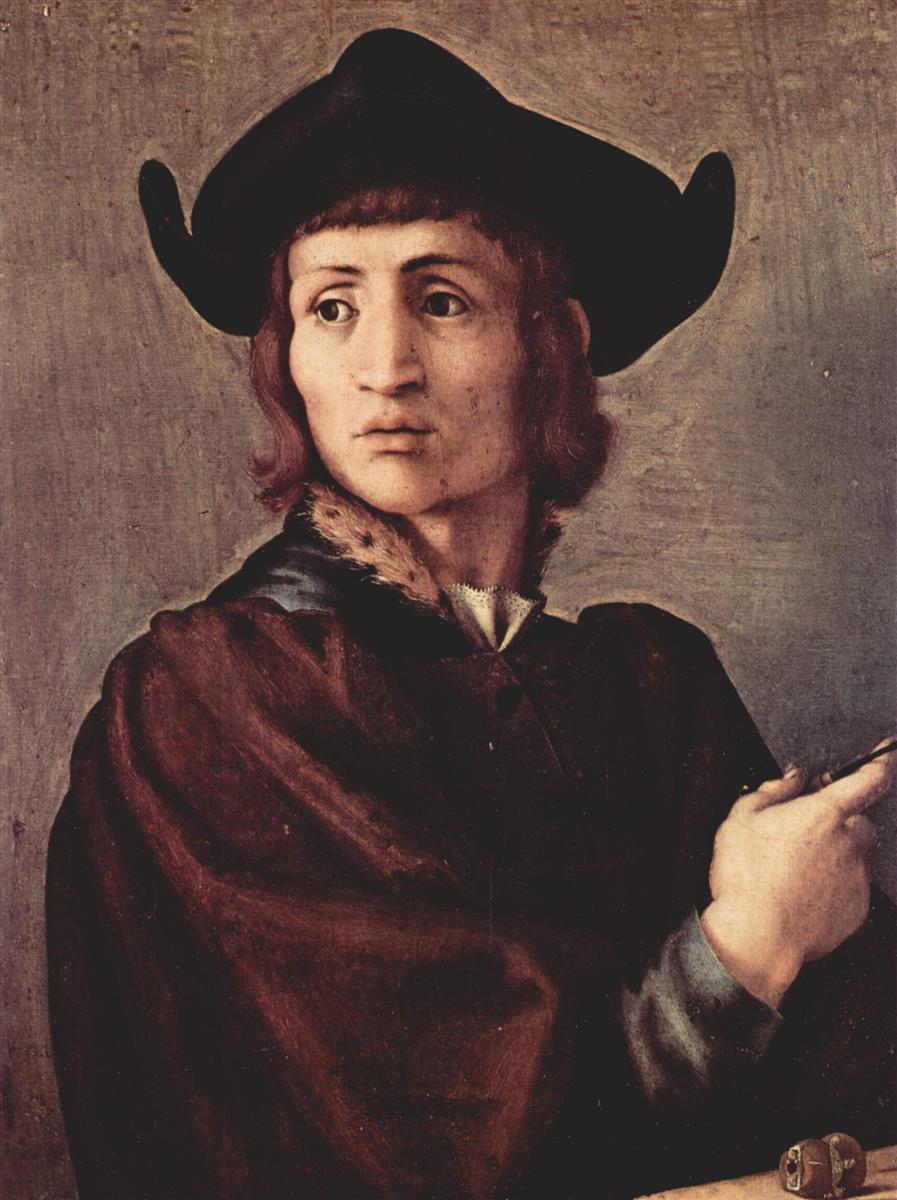

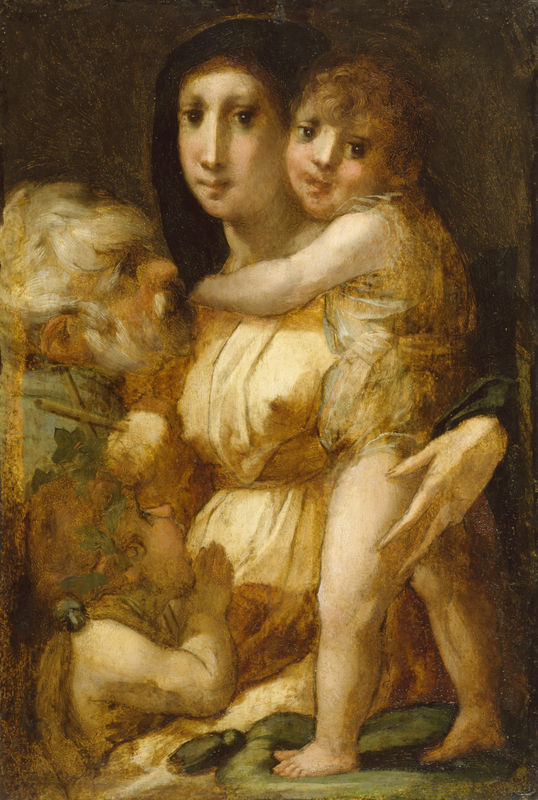
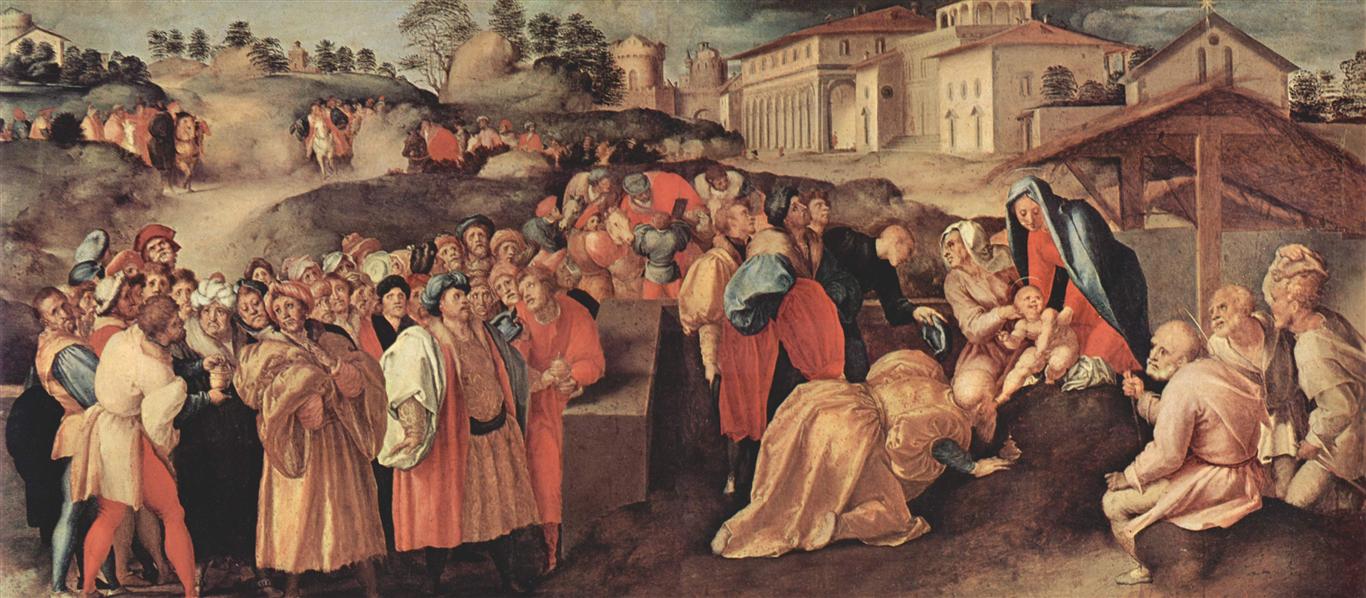
.jpg)

